Entity SEO in the Age of AI Search
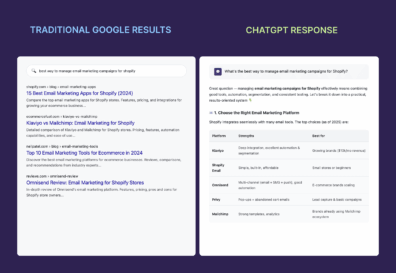
 Websites have been the foundation of SEO strategy for 20-odd years. That’s changing with AI search. When someone asks ChatGPT for a product in your category, it doesn’t always crawl websites in real-time. Its first move is to pull from what it already knows about you and your competitors from its existing knowledge. Clear and recognizable entities in AI training data are just as important as having the most authoritative and optimized website. This shift means your webpage might rank #1 in classic search, but if your brand isn’t well-structured for entities, AI might overlook you entirely in the answer. The rules we’ve relied on for decades don’t fully apply when machines create answers. They draw on their own knowledge and real-time data from sites, including yours. You’re about to learn what this means, why it matters, and what you can do about it. What Are Entities in AI Search? An entity is a “thing” that search engines and AI models can recognize, understand, and connect to other things. Think of entities as the building blocks that AI uses to construct answers. In other words, gigantic relational databases. Let’s use email marketing company Omnisend as an example. Through the lens of a database, Omnisend isn’t just a website with pages about email marketing. It’s a network of connected entities: The brand itself: Omnisend Products: Omnisend Email & SMS Marketing Platform People: Rytis Lauris (co-founder) Features: automation workflows, Shopify integration, SMS campaigns Use cases: “welcome series,” “abandoned cart recovery” Here’s what the entities look (hypothetically ) like to a large language model (LLM): These records become the foundation for AI answers. LLMs do more than just find keywords on your page. They also retrieve entities, place them in vector space, and choose the ones that best answer your question. Vector space…
Websites have been the foundation of SEO strategy for 20-odd years. That’s changing with AI search. When someone asks ChatGPT for a product in your category, it doesn’t always crawl websites in real-time. Its first move is to pull from what it already knows about you and your competitors from its existing knowledge. Clear and recognizable entities in AI training data are just as important as having the most authoritative and optimized website. This shift means your webpage might rank #1 in classic search, but if your brand isn’t well-structured for entities, AI might overlook you entirely in the answer. The rules we’ve relied on for decades don’t fully apply when machines create answers. They draw on their own knowledge and real-time data from sites, including yours. You’re about to learn what this means, why it matters, and what you can do about it. What Are Entities in AI Search? An entity is a “thing” that search engines and AI models can recognize, understand, and connect to other things. Think of entities as the building blocks that AI uses to construct answers. In other words, gigantic relational databases. Let’s use email marketing company Omnisend as an example. Through the lens of a database, Omnisend isn’t just a website with pages about email marketing. It’s a network of connected entities: The brand itself: Omnisend Products: Omnisend Email & SMS Marketing Platform People: Rytis Lauris (co-founder) Features: automation workflows, Shopify integration, SMS campaigns Use cases: “welcome series,” “abandoned cart recovery” Here’s what the entities look (hypothetically ) like to a large language model (LLM): These records become the foundation for AI answers. LLMs do more than just find keywords on your page. They also retrieve entities, place them in vector space, and choose the ones that best answer your question. Vector space…








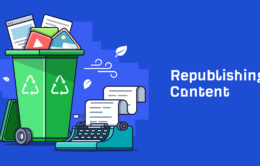

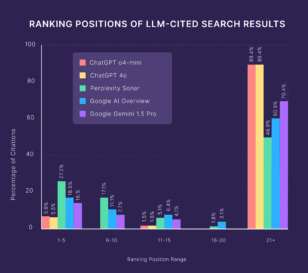
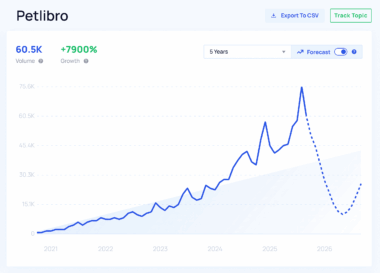

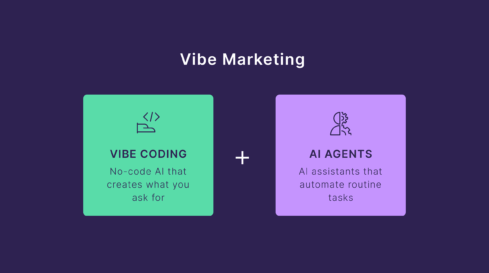
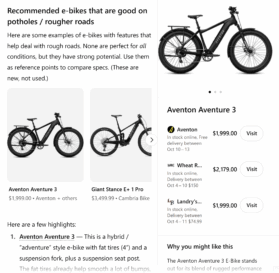

























No comments yet.